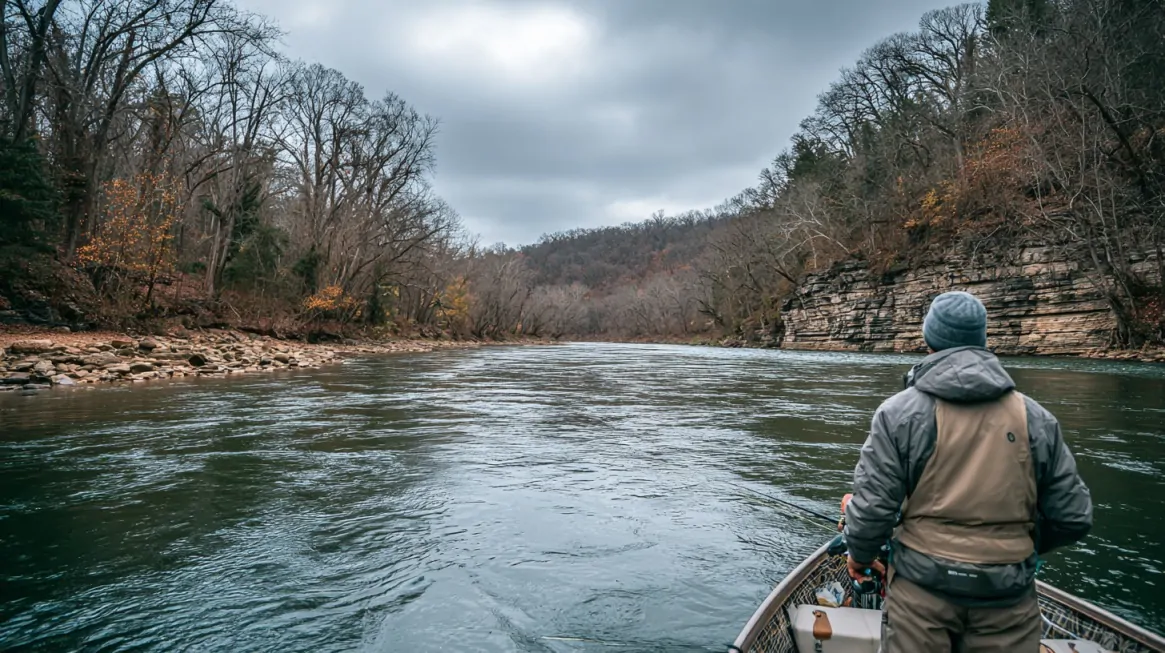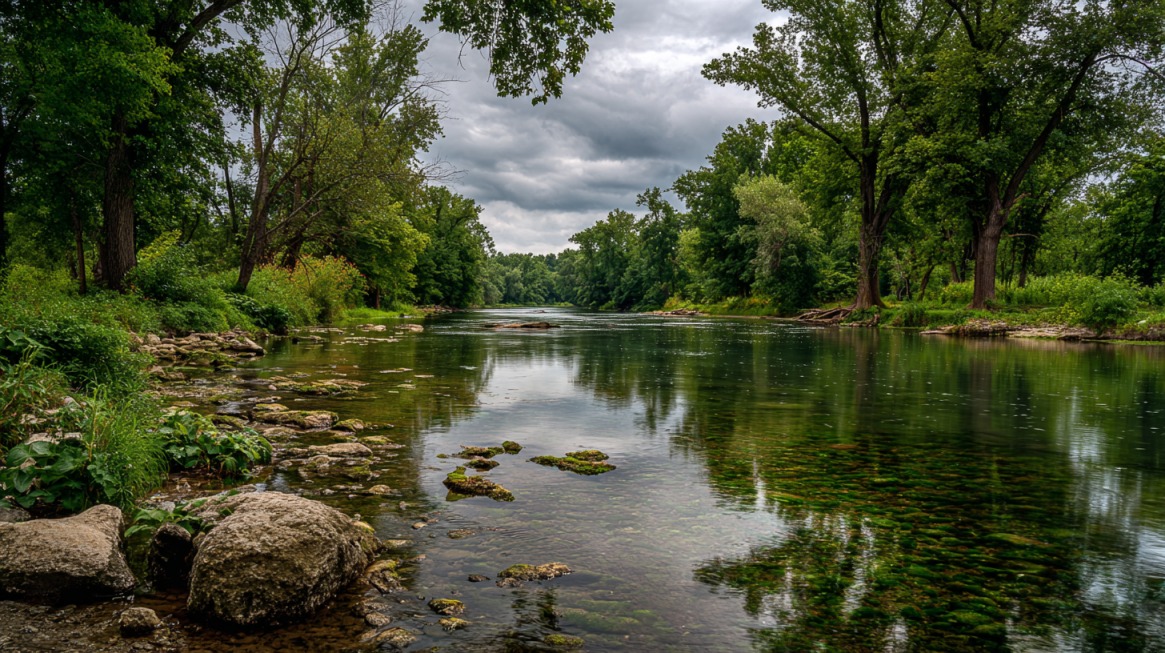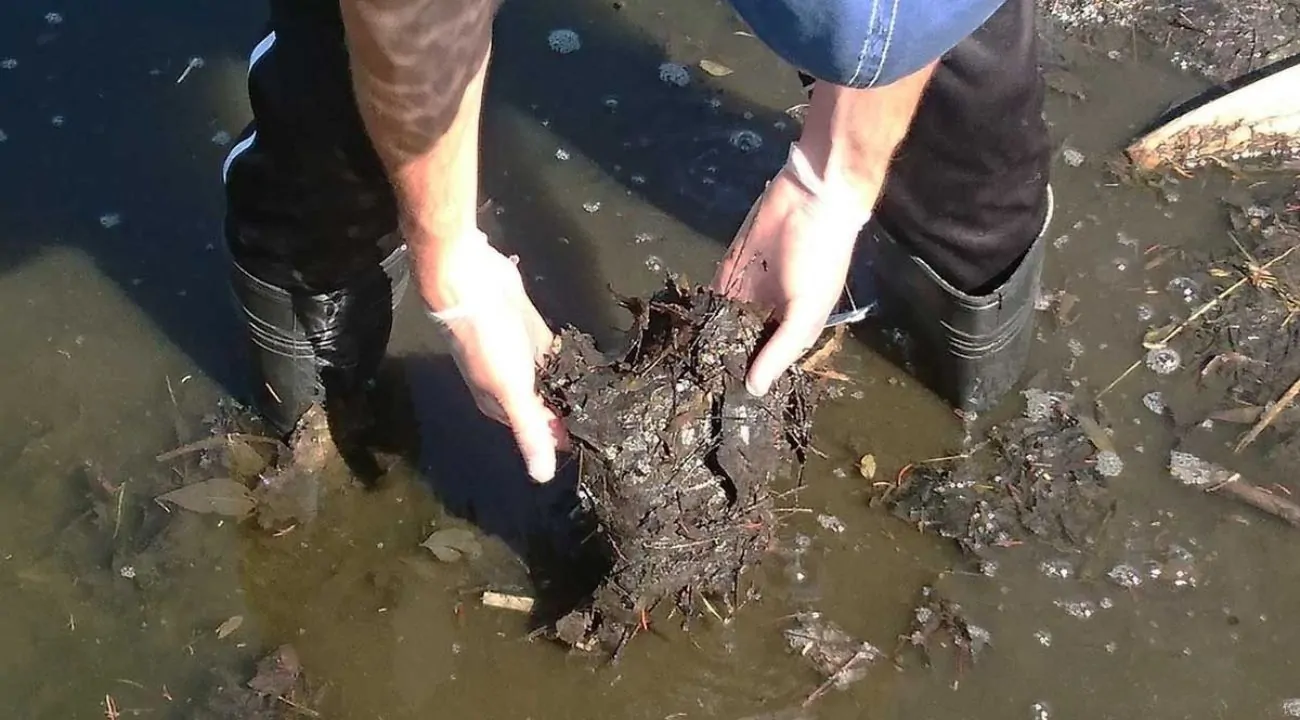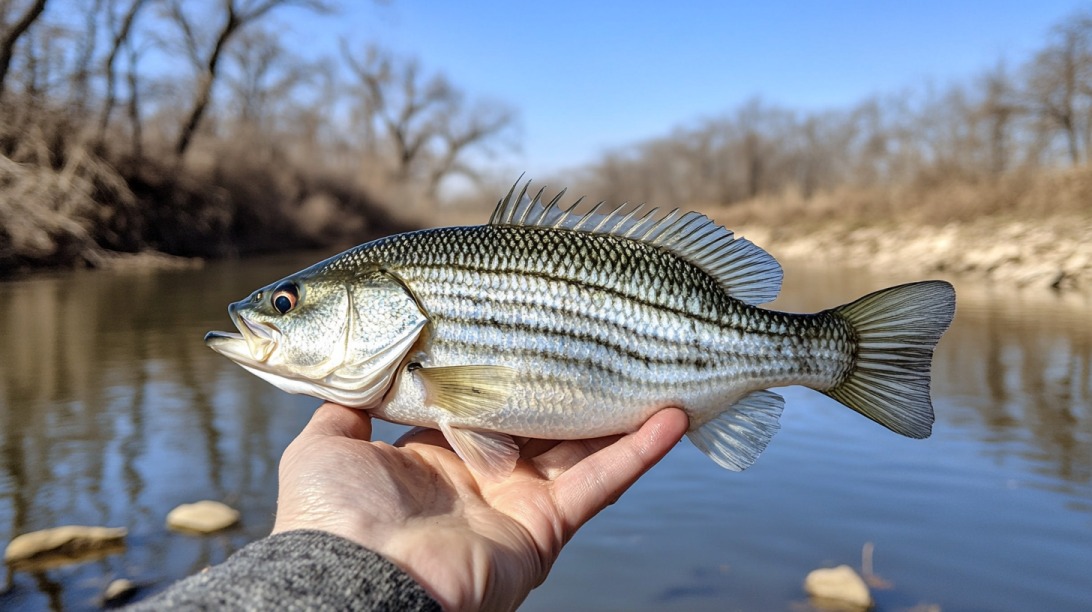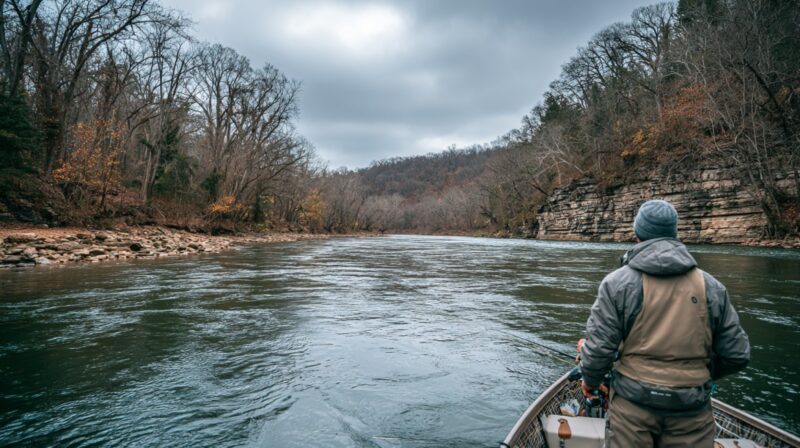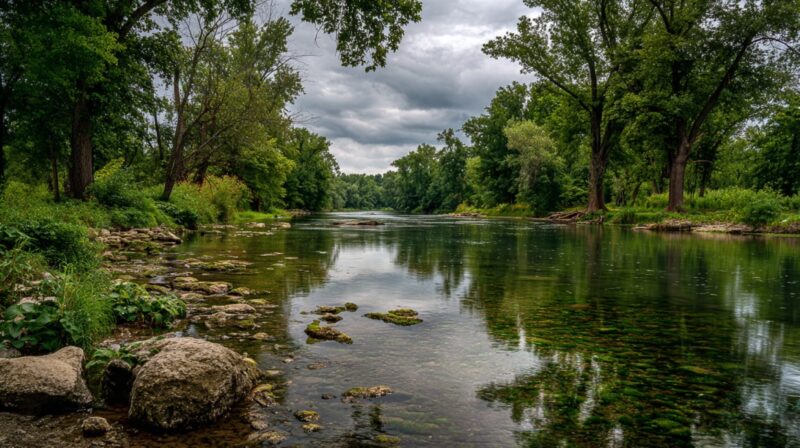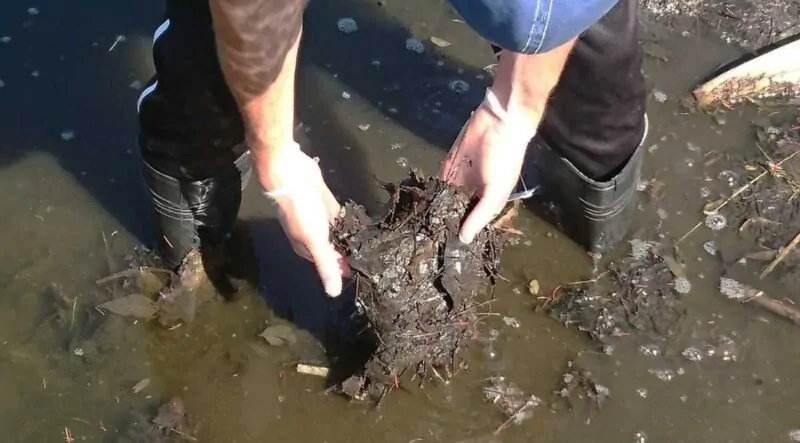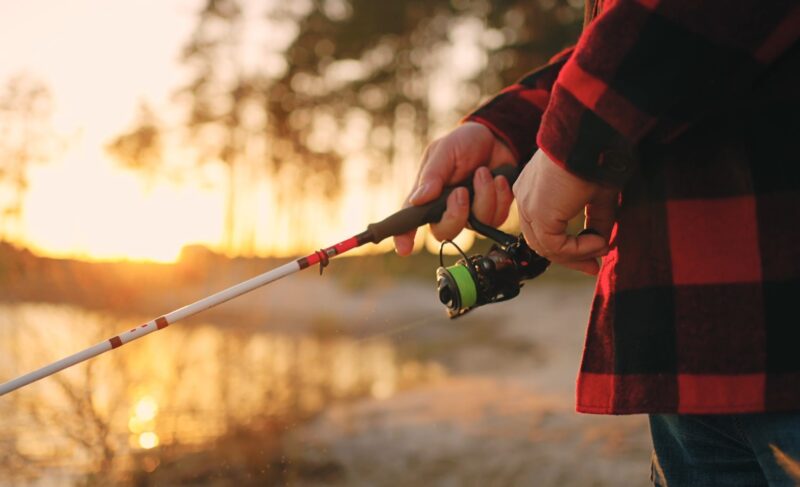
Share Post:
Anglers often speak of a sense of renewal whenever they cast out and reel in. It’s an activity that has brought generations together and created countless memories. There’s a shared bond among people who appreciate nature’s rhythms and find joy in every catch, no matter how big or small.
Below, I prepared a thorough list of items and tips to help create memorable moments on every outing. A bit of preparation can make a world of difference in enjoyment, safety, and comfort. Consider it a handy roadmap for your next excursion.
Table of Contents
ToggleKey Fishing Gear
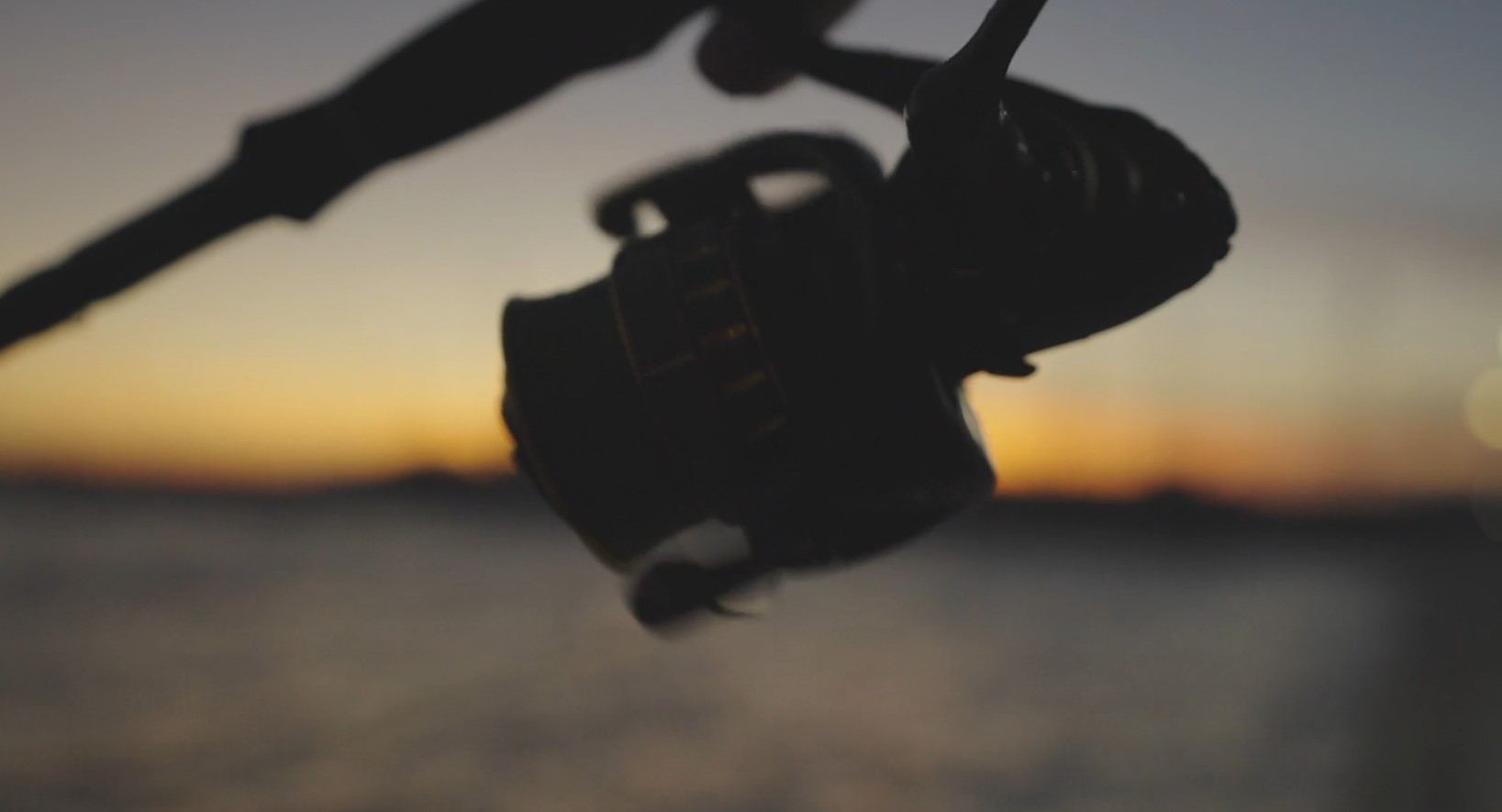
When preparing for a fishing trip, having the right gear makes all the difference. If you’re looking for a quick and concise way to distill gear essentials, tools like this summarizer can help streamline your planning and ensure nothing important is overlooked. Below is a detailed checklist to guide you.
The Rod and Reel
A rod and reel often rank first on a list of must-have gear. Beginners can benefit from a spinning rod and reel combo because it’s user-friendly and versatile.
A medium-action rod, commonly ranging between six to seven feet, handles most freshwater species effectively. Feel free to explore additional rod types down the line, but starting simple is usually the best approach.
Choosing Fishing Line
Many rod and reel sets arrive pre-spooled, which is handy for those new to the hobby. Still, carrying extra line offers peace of mind. Monofilament is a standard pick for its affordability and ease of knot tying.
- 4 to 6-pound test: Ideal for panfish or smaller trout.
- 8 to 12-pound test: Suited for bulkier freshwater fish like bass or catfish.
Line weight matters because it must match your target species and your rod’s capabilities. On top of that, it’s wise to inspect line after a few outings to check for abrasion or wear.
Hooks, Sinkers, and Bobbers
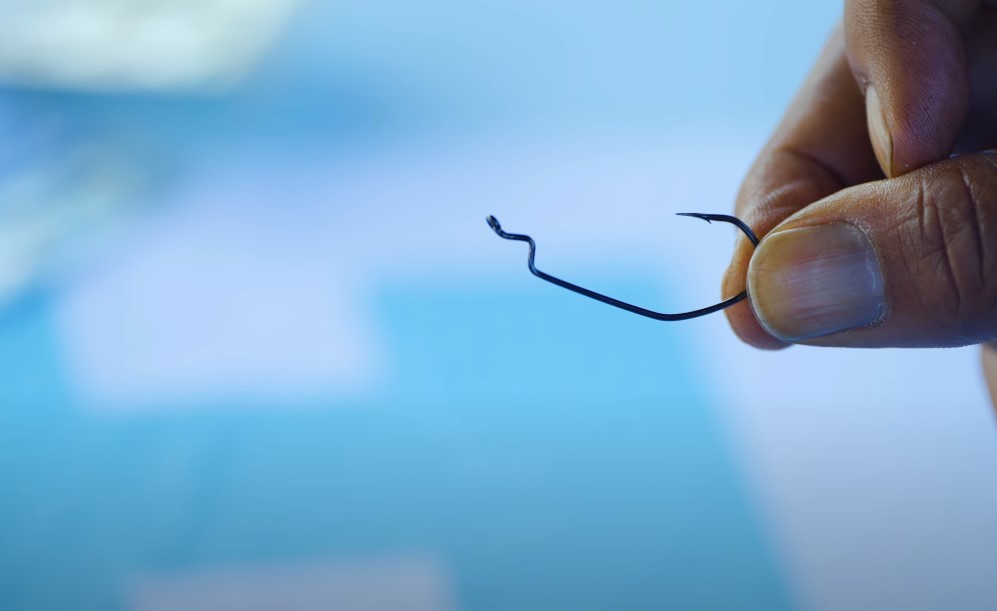
Hooks in various sizes (commonly 8 through 2/0) allow you to adapt to changes in fishing conditions. Hooks differ in shape and offset, but the typical J-hook or circle hook is a reliable option for beginners.
Pair your hooks with sinkers to keep bait at a suitable depth. Bobbers (sometimes called floats) serve to suspend bait off the bottom and alert you to bites when they dip below the water’s surface.
Bait and Lures
A lively earthworm or wriggling cricket can be hard for fish to resist. Live bait typically outperforms other methods because it appeals to a fish’s natural feeding habits.
However, artificial lures can be extremely effective too. Jig heads paired with soft plastics, spinnerbaits flashing through the water, or a classic plastic worm can tempt fish into striking.
It’s always fun to experiment with both live and artificial approaches to find out what works best in a particular spot.
Tackle Box Organization
Keeping gear neat and accessible can be a life saver on the water. A tackle box equipped with compartments for hooks, lures, sinkers, and small tools will cut down on frustration. No more rummaging around for a hook while that prime feeding window ticks by.
Another tip is to label compartments or use clear boxes so you can spot items quickly. Good organization helps maximize the time spent actually fishing.
Tools for the Task
- Pliers: Needle-nose varieties help remove hooks from a fish’s mouth and handle tricky knots.
- Line Cutters: Nail clippers or scissors that cleanly cut monofilament or braided line.
- Fishing License: Always carry a valid license. Regulations can vary by location, so it’s important to confirm rules and adhere to size or catch limits. Compliance with local guidelines helps preserve fish populations for future generations.
Staying Safe Near the Water
Personal Flotation Devices (PFDs)
For anyone fishing from a boat, life jackets are non-negotiable. A properly fitted Type III PFD often works well, balancing comfort and effectiveness. Children, especially, require close attention to size and proper wear.
Many modern PFDs include pockets and straps that can hold small tackle or tools, making them convenient as well as protective.
First Aid Kit
Small mishaps can happen, like a hook prick or a minor scrape on a rocky shoreline. A first aid kit built for anglers might include bandages, antiseptic wipes, tweezers, gauze, and pain relievers.
Some find it helpful to add an instant cold pack or burn relief gel in case of unexpected sunburn. Stash your kit somewhere accessible so it’s within reach if needed.
Sunscreen and Sunglasses
Prolonged sun exposure can sneak up on you, especially near a reflective body of water. A waterproof sunscreen with at least SPF 15 is a good baseline. Reapply throughout the day, particularly after sweating or getting splashed.
Polarized sunglasses can make a dramatic difference by reducing glare and assisting with spotting fish beneath the surface. Protecting eyes and skin is crucial for staying comfortable during multi-hour outings.
Rain Gear
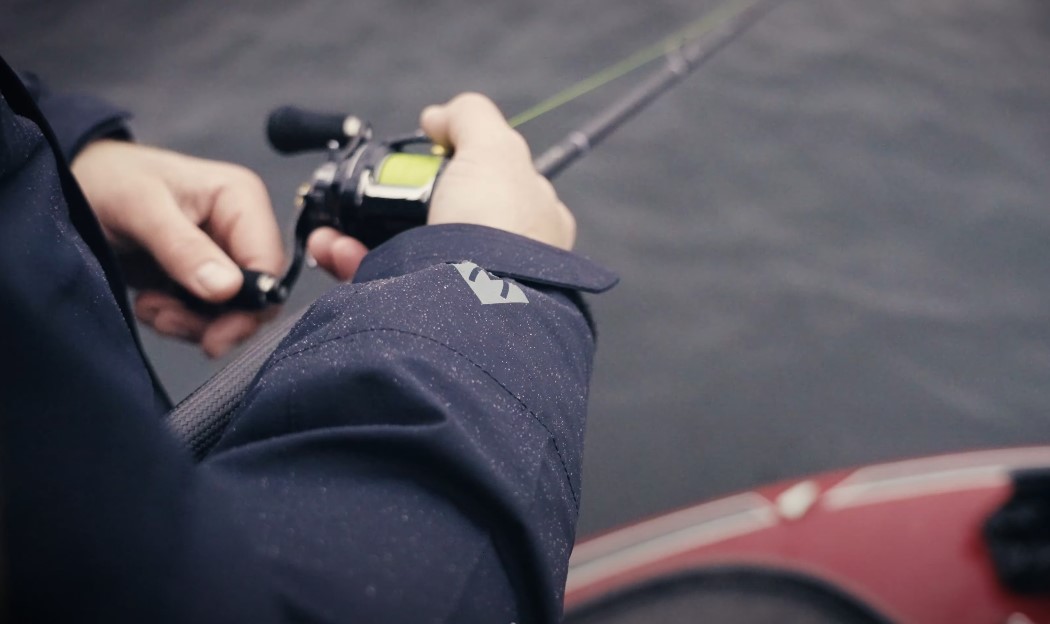
Even a forecast calling for clear skies can’t guarantee calm weather. Lightweight rain gear, such as a waterproof jacket and pants, helps maintain dryness in case a storm rolls in.
Wet clothes can chill the body quickly, leading to discomfort or even hypothermia in colder climates. Having a compact rain set stashed in a backpack or storage compartment ensures you can keep fishing or at least remain safe until you reach shelter.
Insect Repellent
Mosquitoes, black flies, gnats—they can ruin an otherwise perfect day. A quality repellent shields exposed skin and prevents bites that might become itchy and distracting.
Some anglers prefer wearing lightweight, long-sleeve shirts and pants coated with permethrin, which can be an effective deterrent for those venturing into bug-heavy zones.
Hydration and Snacks
Hours can fly by once the lines are cast. Dehydration can creep in if you’re not careful, so pack plenty of water. It’s also useful to have some nutritious snacks to keep energy levels up.
Granola bars, jerky, or sandwiches are easy, quick bites that won’t distract you from fishing for too long. A full water bottle and protein-packed snack can be a lifesaver when the sun is beating down and the fish are biting.
Additional Helpful Items
Clothing Choices for Comfort

Mother Nature can be unpredictable. Layering provides flexibility when conditions shift throughout the day. Early morning might be chilly, noon could bring scorching sun, and late afternoon might feel breezy.
Lightweight, breathable fabrics help with airflow, while a fleece jacket or windbreaker is ideal for cooler stretches. Comfort plays a big role in overall enjoyment, so take an extra moment to plan clothing based on local forecasts.
Hat and Gloves
A hat featuring a wide brim offers shade for your face and neck. That extra coverage helps prevent sunburn and glare in your eyes. Gloves come in handy for two reasons: warmth in cold climates and protection when handling fish or sharp gear.
Fingerless fishing gloves, for instance, give you dexterity for tying knots and handling fish while still shielding your palms.
Multi-Tool or Knife
Multiple fishing tasks call for cutting lines, trimming bait, or handling small repairs. A compact multi-tool or a dedicated fishing knife should be part of your gear.
Pick one designed for saltwater use if you plan on coastal angling, since it’ll be more resistant to corrosion. Keep it sharp and clean for safest use.
Camera or Smartphone
Part of the fun is capturing trophy shots to look back on later. A waterproof camera or smartphone in a protective case can keep the images safe even if water splashes around.
Photos or short videos can be shared with friends, used as references for future trips, or turned into cherished keepsakes. Remember to stay mindful of your environment, though. Juggling expensive electronics can lead to accidents, so try to keep them stowed away when not in use.
Waterproof Bags
Protecting keys, wallets, and electronics from water damage is important. A waterproof pouch or dry bag is an affordable solution for peace of mind.
Placing items inside resealable plastic bags can also help, but investing in a sturdier option might be best for repeated trips. Many anglers use small, watertight cases that clip onto belts or backpacks.
Cooler for Fresh Catch
If you’re aiming to keep fish for a meal, store them on ice inside a cooler as soon as they’re caught. This step ensures they remain fresh and food-safe.
Some anglers use stringers when fishing from shore or wading, but a cooler provides an added level of preservation, especially on a long, warm day. Placing your catch on ice also cuts down on spoilage and maintains flavor.
Useful Safety Reminders
Boat Inspection Before Casting Off
Double-check the overall condition of the vessel, including the engine (if applicable) and the hull. Keep an eye out for leaks, ensure there’s enough fuel, and verify that safety equipment is onboard.
Share your route and return time with a friend or family member in case of emergencies. A quick inspection goes a long way in reducing potential risks.
Weather Forecast Awareness
Before heading out, look up the day’s weather predictions. Calm mornings can turn gusty by afternoon. If strong winds, storms, or lightning roll in, seek shelter quickly. Staying flexible in your plans can protect you from dangerous situations.
More than one angler has learned that lesson the hard way when storms appear faster than anticipated.
Handling Equipment Safely
Fishing rods, hooks, and knives come with pointed edges and sharp parts. Careful handling prevents injury. Keep track of hooks when tying knots or swapping out lures.
Avoid leaving rods unattended if they’re rigged and ready to cast. If fishing with kids, show them proper steps for baiting hooks and removing fish to reduce mishaps. Safety can be as simple as slowing down and keeping an eye on surroundings.
Final Thoughts
A well-prepared gear bag and a good grasp of safety steps make fishing trips significantly more enjoyable. There’s something timeless about casting a line into a lake, river, or ocean, waiting for the tip of the rod to bend in that satisfying arch. It’s a pastime that blends anticipation, relaxation, and a chance to connect with nature.
Take a moment to gather supplies methodically and remain mindful of precautions. Then, rest assured you’ll be ready for a fulfilling outing. Every session on the water will bring fresh stories, cherished connections with fellow anglers, and plenty of wonderful memories.
Related Posts:
- Night Fishing Tips and Tricks - Catching More After Sunset
- Fishing the Kankakee River - Access Points, Species…
- How to Document and Keep Track of Your Fishing Trophies
- Fishing Vlog Tips - Capturing and Sharing Your Best Catches
- Optimal Fishing Times - When to Cast Your Line for…
- Where to Buy Illinois Fishing License - Easy…

